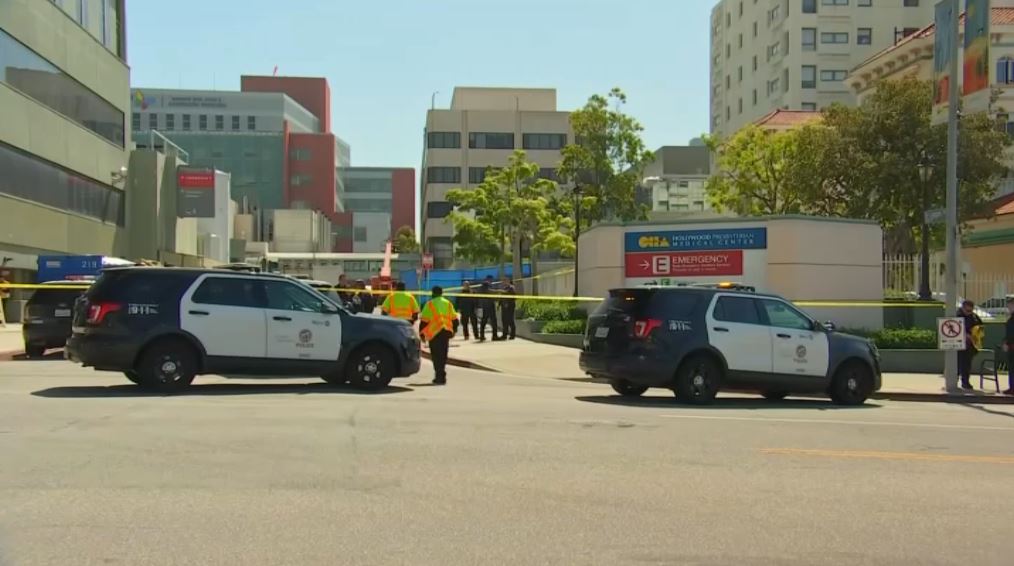
The Los Angeles County Board of Supervisors Tuesday approved a plan to more aggressively reach out to communities of color to encourage testing for COVID-19, as black and Latino residents are contracting and dying from the virus at much higher rates than white residents.
Supervisor Hilda Solis recommended launching a multilingual public awareness campaign in conjunction with trusted community organizations and ethnic news media outlets. Community clinics will be asked to underscore the availability of free testing regardless of immigration or insurance status.
"The fact that communities of color fare poorly in health outcomes, and are more susceptible to COVID-19, is not an accident," Solis said. "Decades of discriminatory practices and institutional racism have fueled an unequal distribution of wealth, resources, access to quality healthcare, and these factors have made our black and Latinx communities more vulnerable to COVID-19. This is an injustice, and L.A. County will work to identify long-term solutions to remedy these health inequities."
More testing sites have already been located in traditionally under-resourced communities, according to Dr. Christina Ghaly, who runs the county's hospital and clinic system and oversees testing.
Solis cited the nonprofit Advancement Project's report "How Race, Class, and Place Fuel a Pandemic," which found that communities with a higher percentage of residents living under the federal poverty level have 2.7 times as many confirmed cases of COVID-19 as areas with lower levels of poverty.
While cases of the virus were originally concentrated in suburban and more affluent urban areas of the county in March, in part due to better access to testing, by early May, the pandemic had taken root in South and Southeast Los Angeles, parts of the San Fernando Valley and cities farther afield, such as Pomona, Santa Clarita and Lancaster. Those late-breaking areas now have a much higher incidence of cases than most other communities, while the curve has flattened elsewhere, according to the study.
Lack of testing has limited public health officials' ability to trace contacts of infected individuals and advise isolation or quarantine to prevent further spread. Residents in poorer neighborhoods are also more likely to hold jobs as "essential workers" who are unable to work remotely to protect themselves.
Local
Get Los Angeles's latest local news on crime, entertainment, weather, schools, COVID, cost of living and more. Here's your go-to source for today's LA news.
"Los Angeles's long history of housing segregation and the use of freeways to divide communities of color has not been a barrier to the virus; it has been fodder for its spread," the researchers concluded. "The mandate to shelter in place challenges residents in these under-resourced communities. Organized community-level mutual aid mobilization is bridging gaps in government response, but more is needed."
Kuehl said these communities also lack access to both information and protective gear.
"There is no question that racism is a root cause of the inequities we are seeing throughout this COVID-19 public health crisis. We see it in inequitable access to information, personal protective equipment and testing, as well as disproportionately high mortality rates," Kuehl said. "What we do today must not only help to meet immediate needs, but must also create a foundation for a more collaborative and equitable tomorrow."



